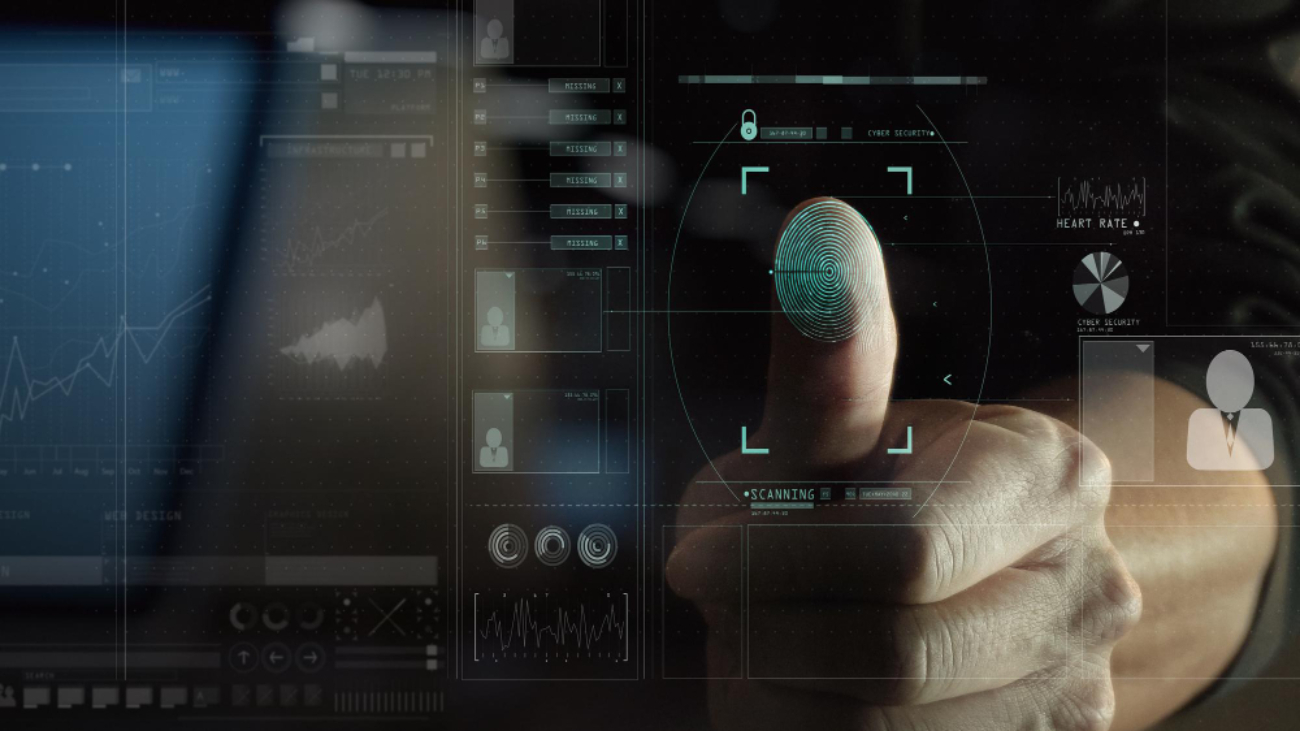Wearable biometric devices are gaining more and more popularity these days stated Bahaa Abdul Hadi. So, the manufacturers of these devices should give the utmost importance to user-friendliness when designing them. These devices use unique behavioral and physiological features for data tracking and authentication.
So, they can offer huge potential to improve personal health monitoring and security. Nevertheless, designing user-friendly wearable biometric devices is not easy. It comes with its own set of challenges. We are here to analyze the key challenges and the possible solutions so that these devices can integrate seamlessly into the lives of users.
Challenges in Designing User-Friendly Biometric Wearable Devices:
Comfort and Ergonomics:
Wearable biometric devices should be designed in such a way that they are comfortable to wear for extended periods. Also, they should fit with ease into the daily lives of users. Poorly designed bulky devices can hinder the daily activities of users. In turn, they will never feel like adopting and using it in their daily lives.
Possible Solution:
Designers of wearable biometric devices should focus not only on aesthetics but also on ergonomics. They should commit to creating devices that look good and also are slim and lightweight. Designers can use ergonomic shapes, adjustable bands and flexible materials to improve comfort. In turn, users will get a pleasant experience every time they use the device.
User Interface and Interaction:
In most cases, wearable biometric devices have restricted input options and screen space. So, it is challenging for users to get the user-friendly interface they expect for data visualization and interactions.
Possible Solution:
When designing these devices, devices can focus on simplifying the user interface. They can pay attention only to displaying crucial information. To enhance the ease of use and user engagement, designers can use haptic feedback, voice commands and gestures. Concise visual feedback like vibration patterns or LED indicators can communicate important notifications effectively.
Battery Life and Charging:
Wearable biometric devices need frequent charging. The limited battery life can disrupt the user experience. Particularly, this can happen for ongoing monitoring uses of wearable biometric devices.
Possible Solution:
Designers can optimize power consumption by using efficient software algorithms and hardware designs. They can incorporate smart power management features and low-power components. They can also explore alternative sources of energy to extend battery life. Also, this can help with reducing dependence on frequent charging.
Conclusion:
In addition to these challenges, data security and privacy and integration and interoperability challenges also come up. They can show up when designing user-friendly wearable biometric devices. All challenges should be addressed effectively to come up with the most user-appreciated wearable biometric device.
Thank you for your interest in Bahaa Abdul Hadi blogs. For more information, please visit www.bahaaabdulhadi.com.







